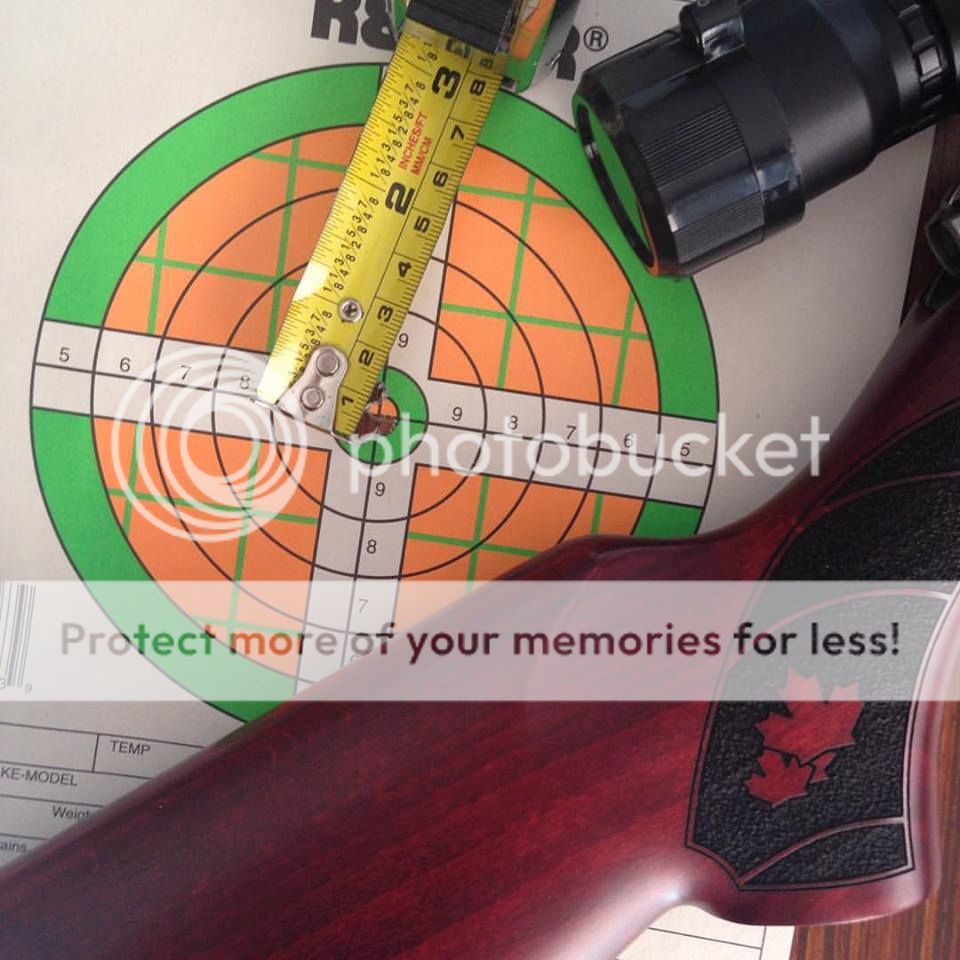It's not my intention to foment argument, but if it were only an equipment issue, then everyone who owned good equipment would have no problems always shooting very well. The problem is that very few of us are as good at shooting as we like to think we are. Simply putting a good rifle into someone's hands does not make him a good shooter. The shooter with the deepest pockets is not necessarily the best shooter.
To be sure, a Savage barrel is not going to be free of machining inconsistencies. As you look closer and closer, no barrel will be free of them. But to insist from afar that the equipment is at fault and shooter error is not an issue is to make a leap of faith that experience and logic cannot sustain. Inconsistencies exist in all factory barrels, but the inconsistencies themselves are more consistent and produce more predictable results than the human factor.
The errant shots that many call fliers are usually not fliers in the strictest sense because they were the product of human error in hold, tension, torque, breathing, trigger control, wind reading (if applicable), among other factors rather than inconsistent ammunition or a sudden manifestation of issues arising from a less-than-custom-made barrel. The errant shots are errant because the human shooter is inconsistent much more often than the equipment. The equipment surely does not change from shot to shot, but the shooter himself can and very often does -- even if it is so imperceptible that the shooter can swear that he did exactly as he did before. The human factor is inescapable, as we are rarely the shooting machines of our imagination.
An excellent post, sir. I am inclined to agree with you, particularly your statement that the inconsistencies in barrels are pretty much consistent. I think we overestimate our shooting abilities to be one of or the most consistent factor in the whole accuracy equation.
Some pretty elaborate explanations seem to develop to explain anomolies, when we really have no empirical method to measure the human's consistency. An unlimited class rifle with a solenoid actuated trigger would rule out the human element and would be revealing, but none of us have those on this forum that I know of (does CZ make one and if so where can I buy it?). So we can only theorize

Last edited:














































































